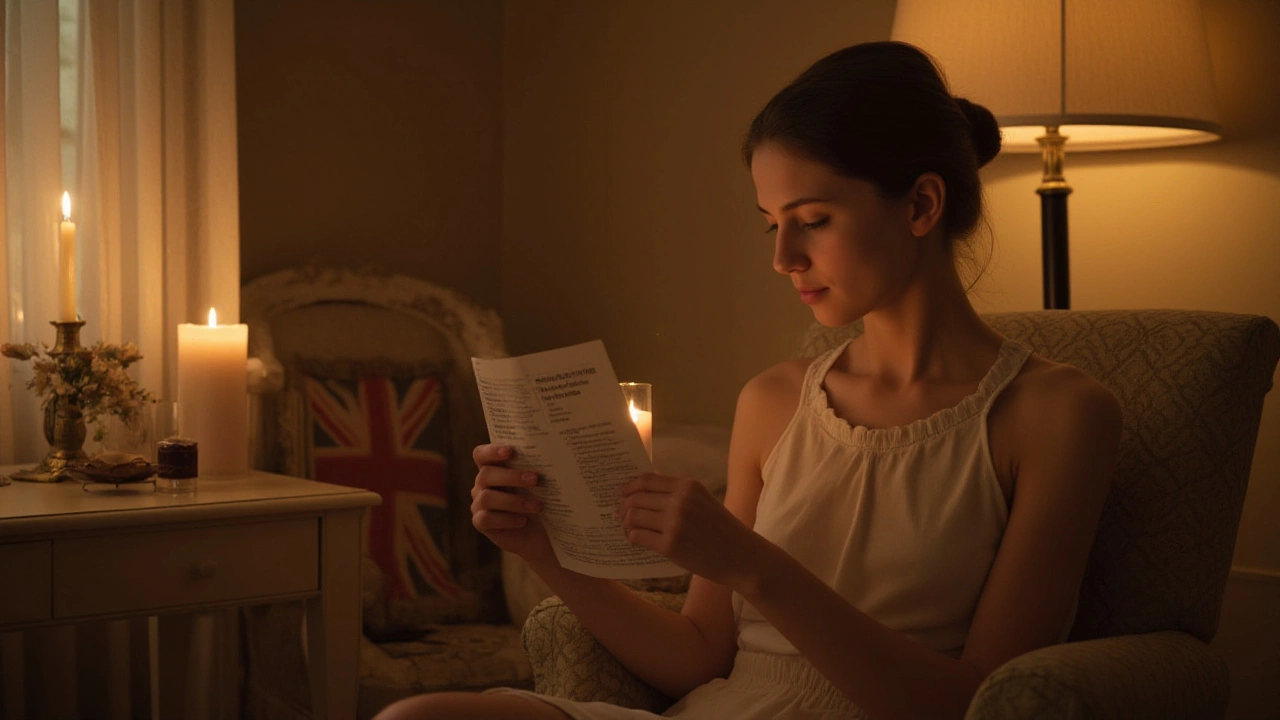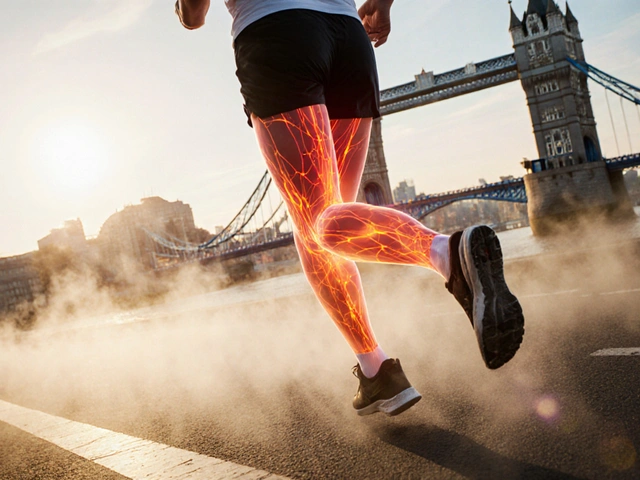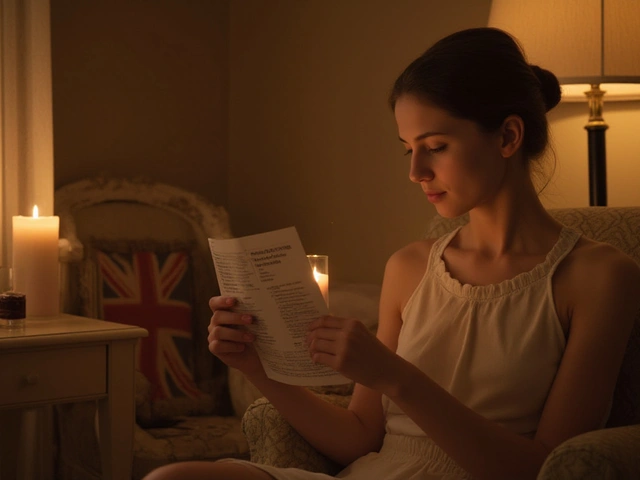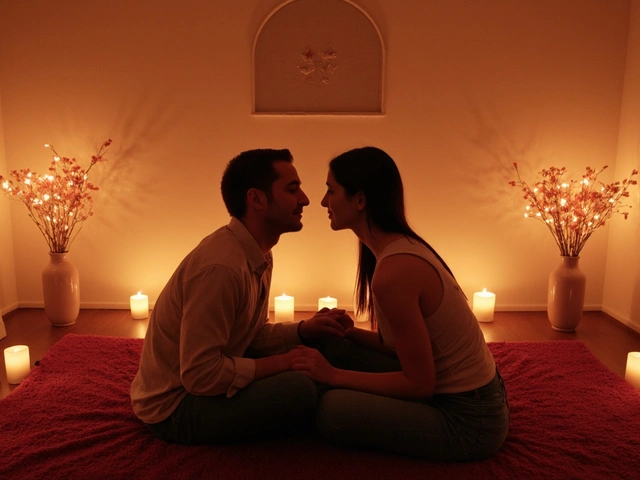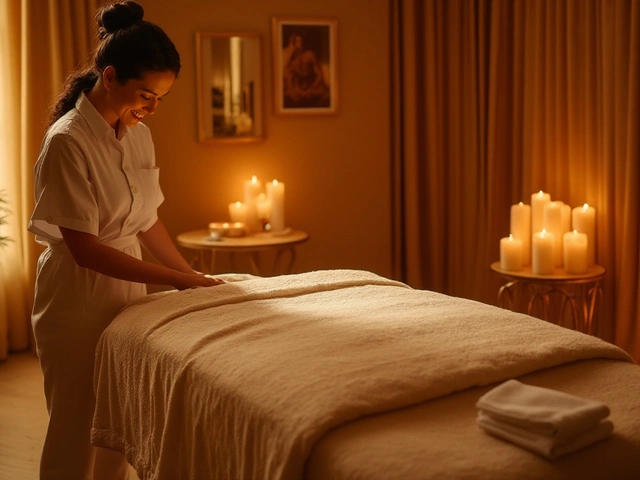Massage Safety Tips: Keep Your London Session Relaxing and Risk‑Free
If you’re booking a massage in London, the last thing you want to worry about is safety. Whether you’re after a deep‑tissue fix, a hot‑stone unwind, or a more sensual experience, a few simple steps keep things smooth. Below you’ll find real‑world advice you can use right now—no jargon, just clear actions.
Why Safety Matters Every Time
Massage isn’t just about the good vibes; it’s also a hands‑on service that involves personal space, skin contact, and sometimes intimate areas. A clean environment, clear communication, and proper credentials protect both you and the therapist. Skipping these basics can lead to infections, awkward moments, or even legal trouble. In short, a safe session lets you focus on the relaxation, not the what‑ifs.
Practical Safety Checklist Before You Book
1. Verify the therapist’s credentials. Look for a valid licence or registration with a recognized body (e.g., the UK Register of Massage Therapists). A reputable profile will list qualifications, years of experience, and any special training for erotic or therapeutic massages.
2. Check hygiene standards. A clean treatment room is a must. Ask whether the therapist uses fresh linens, disposable covers, and hospital‑grade sanitizers. If you visit a spa, peek at the changing area—tiles should be spotless and towels neatly folded.
3. Discuss boundaries up front. Tell the therapist what you’re comfortable with and what’s off‑limits. A professional will respect a clear “no‑go” list and will confirm it before the session starts. This conversation also helps avoid misunderstandings during more sensual massages.
4. Confirm the type of massage. Different techniques need different preparations. Hot‑stone work requires heated stones that should be checked for cracks. Deep‑tissue pressure can be intense, so let the therapist know any injuries or areas to avoid.
5. Look for reviews that mention safety. Past clients often leave notes about cleanliness, communication, and overall professionalism. If multiple reviews raise the same red flag—like “felt uncomfortable” or “room smelled odd”—pick another provider.
6. Pay attention to the environment. Good lighting, proper ventilation, and a calm atmosphere are signs of a well‑run space. If the room feels too dark, too cold, or smells of strong chemicals, it might be worth asking questions before you lie down.
7. Trust your gut. If something feels off during the booking call or the first few minutes of the session, speak up or end the appointment. Your intuition is a powerful safety tool.
Following this checklist takes just a few minutes, but it saves a lot of hassle later. When you know the therapist is qualified, the space is clean, and the boundaries are clear, you can fully enjoy the relaxation benefits.
Remember, safety isn’t a one‑time check; it’s an ongoing conversation. Keep the dialogue open throughout the session—ask to adjust pressure, request a break, or change the music if you need to. A good therapist will welcome feedback and adapt to keep you comfortable.
Whether you’re a first‑timer or a regular, these safety habits become second nature. They let you focus on the real goal: feeling calmer, looser, and maybe a little more connected with your body. So next time you book a massage in London, run through this quick safety guide and step into the room with confidence.
Discover how to enjoy your first candle massage safely with easy tips, common mistakes to avoid, and expert advice for beginners.
Read MoreConsent and comfort aren’t just buzzwords—they’re at the core of any happy ending massage worth remembering. This article breaks down what these massages are, why open communication and boundaries should never be skipped, and how to spot a good provider that respects your experience. You'll get real tips on staying safe, feeling respected, and making sure your session goes the way you like it. By the end, you'll see why upfront communication is the best way to guarantee a satisfying and secure visit.
Read More